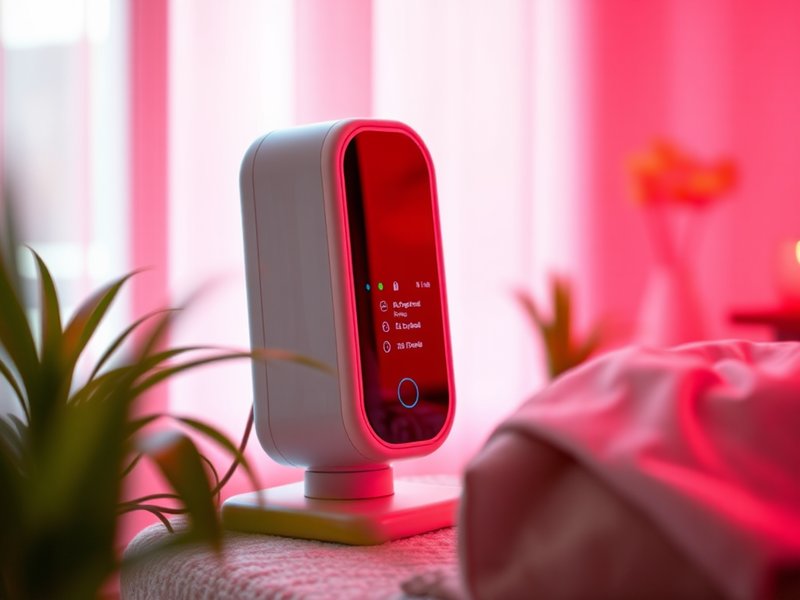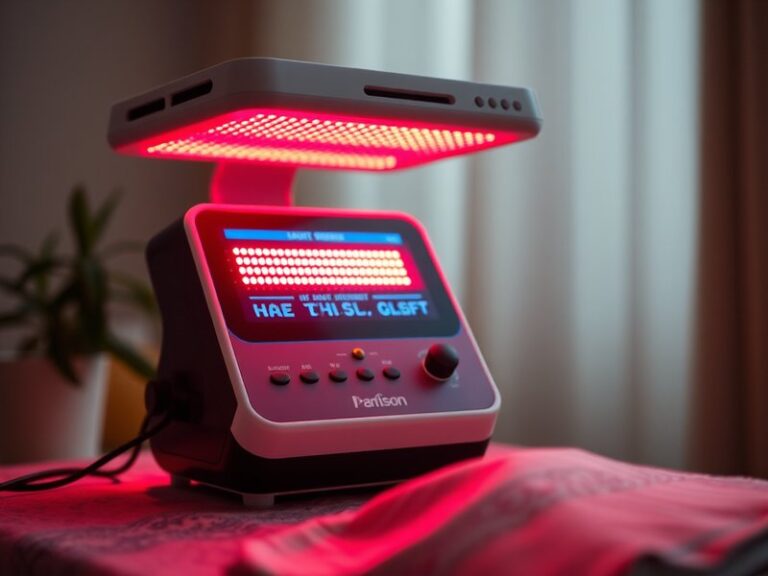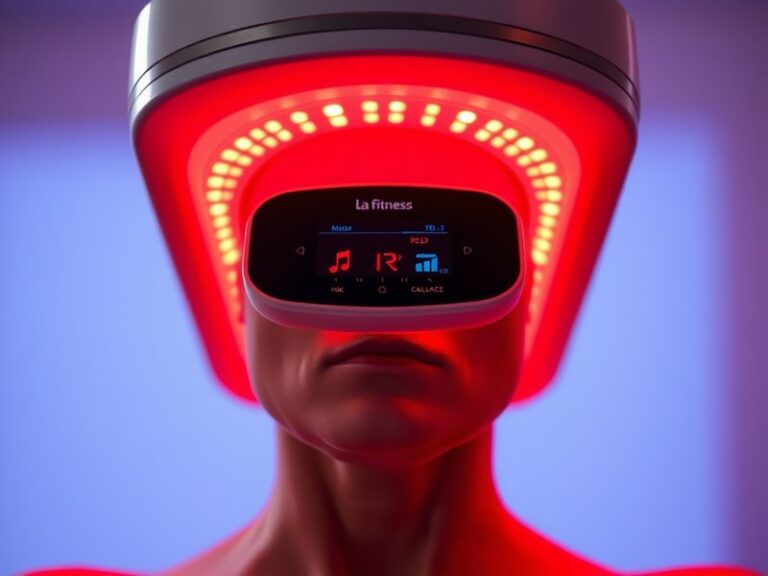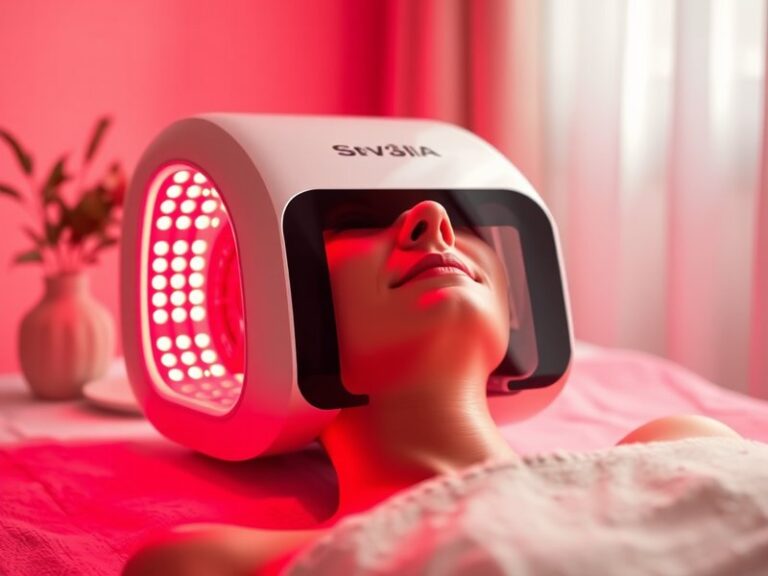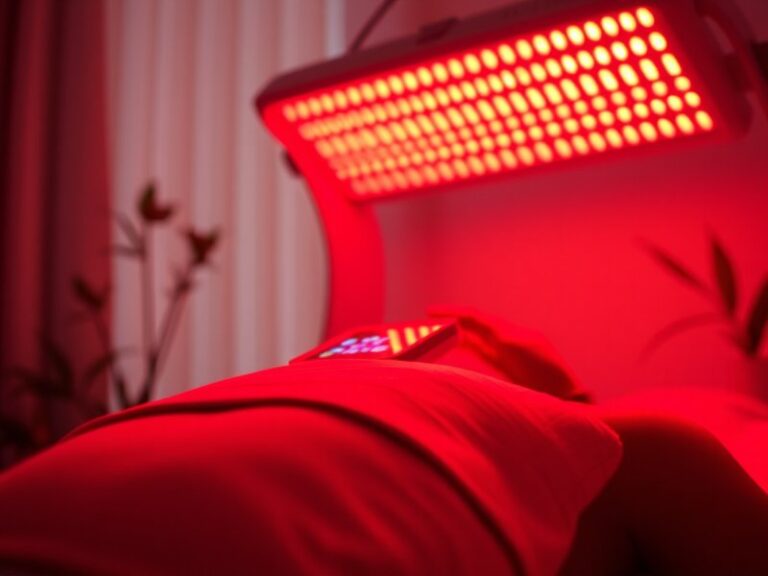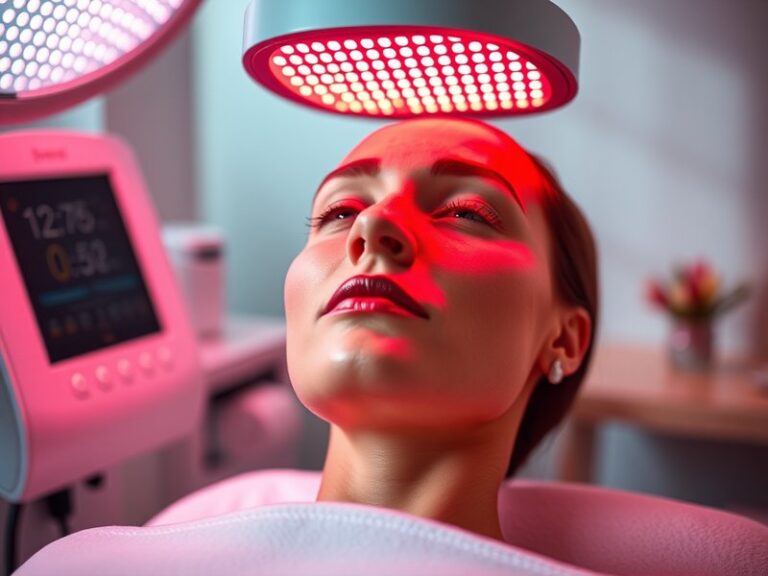What Are The Advantages Of Red Light Therapy?
What Are The Advantages Of Red Light Therapy?
Are you searching for a natural approach to healing and rejuvenation? Red light therapy (RLT) is gaining popularity as a holistic treatment option.
This article covers the various benefits of red light therapy, how it works, and important factors to consider before trying it. We’ll also explore alternatives and frequently asked questions to provide a well-rounded understanding of this innovative therapy.
Key Takeaways
- Red light therapy has been shown to promote cellular repair and increase energy production in cells.
- It may alleviate pain, improve skin health, and enhance athletic performance.
- Minimal side effects make it a viable option for a range of conditions.
What is Red Light Therapy?
Red light therapy is a non-invasive treatment that employs low-wavelength red light to stimulate cellular function. This form of therapy is often used in dermatology and physical therapy due to its benefits in tissue healing, pain relief, and skin rejuvenation.
The therapy works by penetrating the skin to stimulate mitochondria, the powerhouse of cells. This stimulation increases the production of adenosine triphosphate (ATP), which leads to enhanced cell function and regeneration.
The process typically involves the patient sitting or lying under a device emitting red or near-infrared light for a specific duration, ranging from a few minutes to around 30 minutes per session.
What are the Benefits of Red Light Therapy?
Red light therapy offers a variety of advantages that can enhance health and well-being. Below, we explore some of the most notable benefits.
Pain Relief
One of the most significant advantages of red light therapy is its potential to reduce pain and inflammation. Studies have suggested that RLT can effectively alleviate chronic pain conditions such as arthritis, fibromyalgia, and muscle injuries. By increasing circulation and reducing inflammation, it promotes faster healing and pain reduction.
Skin Health Improvement
RLT has been shown to improve skin texture, reduce wrinkles, and accelerate wound healing. It stimulates collagen production, which is crucial for maintaining skin elasticity and firmness. Many skincare professionals are now incorporating red light therapy into their treatments for acne and rosacea, as it can help reduce redness and promote a clearer complexion.
Enhanced Athletic Performance
Athletes are increasingly looking to red light therapy to optimize performance and recovery. RLT has been associated with increased endurance and strength, likely due to its ability to enhance muscle recovery and reduce fatigue. Some studies indicate improved performance metrics following RLT sessions.
Mood and Sleep Benefits
Emerging research suggests that red light therapy may also have positive effects on mood regulation and sleep quality. By improving mitochondrial function and potentially increasing melatonin production, it could assist in alleviating symptoms of depression and anxiety, while promoting better sleep patterns.
Is it Possible to Use Red Light Therapy at Home?
Yes, utilizing red light therapy at home is accessible through various devices available on the market. Home devices range from handheld units to full-body panels, allowing individuals to integrate this therapy into their daily routine.
What are the Advantages of Home Use?
Convenience: Home devices allow for flexibility in treatment times, enabling individuals to schedule sessions according to personal preferences.
Cost-Effectiveness: Investing in a home device can offer long-term savings compared to ongoing sessions in a clinic.
Consistency: Regular use at home can lead to more consistent treatment, which may enhance results over time.
What are the Disadvantages of Home Use?
Initial Investment: The upfront cost of purchasing a quality red light therapy device can be significant.
Learning Curve: Users may need time to understand how to effectively use the device for optimal results.
Limited Power: Some home devices may have lower intensity than professional-grade machines, potentially impacting effectiveness.
What are the Things to Consider Before Using Red Light Therapy?
Before diving into red light therapy, there are several important considerations to keep in mind.
Consultation with a Healthcare Professional
Always consult with a healthcare provider before starting any new therapy, especially if you have pre-existing medical conditions or are taking medications that may affect light sensitivity.
Device Quality
Investing in a high-quality red light therapy device is essential. Look for products that specify the wavelength of light emitted (typically between 600 to 900 nanometers) and ensure they have undergone safety testing.
Treatment Duration and Frequency
Understanding the recommended duration and frequency of treatments is crucial for achieving optimal results. Most guidelines suggest sessions lasting between 10 to 30 minutes, two to five times a week, depending on the condition being treated.
Explore further in “Does Red Light Therapy Work?”
What are the Alternatives to Red Light Therapy?
If red light therapy isn’t suitable for you, several alternatives may provide similar benefits.
Infrared Sauna
Infrared saunas use infrared heat to promote detoxification, relaxation, and skin health. They offer a different approach to benefiting from light and heat therapy.
Cold Laser Therapy
Cold laser therapy employs low-level lasers and can treat a similar range of conditions as red light therapy, including pain relief, wound healing, and inflammation reduction.
High-Intensity Focused Ultrasound (HIFU)
HIFU is a non-invasive treatment used primarily for skin tightening and lifting. Like red light therapy, it stimulates collagen production but utilizes ultrasonic energy instead of light.
Conclusion: Is it Recommended to Try Red Light Therapy?
Red light therapy presents numerous advantages for pain relief, skin rejuvenation, athletic performance, and potential mood benefits. While it may not be suitable for everyone, many people find success with this non-invasive and generally safe treatment.
Consulting with a healthcare professional and considering individual conditions and needs will help you make an informed decision regarding the use of this therapy.
Discover our insights Too Much Red Light Therapy?
Frequently Asked Questions
Is red light therapy safe?
Yes, red light therapy is generally considered safe and non-invasive, with minimal side effects reported. It’s important to avoid looking directly at the light source and follow manufacturer instructions.
How long does it take to see results?
Results can vary, but many individuals start to notice improvements within a few weeks of consistent use. Severe cases may take longer to show noticeable benefits.
Can red light therapy be used in conjunction with other treatments?
Absolutely! Red light therapy can complement various treatments, but always consult your healthcare provider to ensure compatibility with your current regimen.
Is there an age restriction for using red light therapy?
Red light therapy is generally safe for most age groups. However, children should be supervised, and it’s advisable for older adults to consult a healthcare professional before starting treatment.
How often should I use red light therapy for best results?
Typically, sessions can be performed two to five times a week, depending on the individual’s needs and specific condition being treated.
